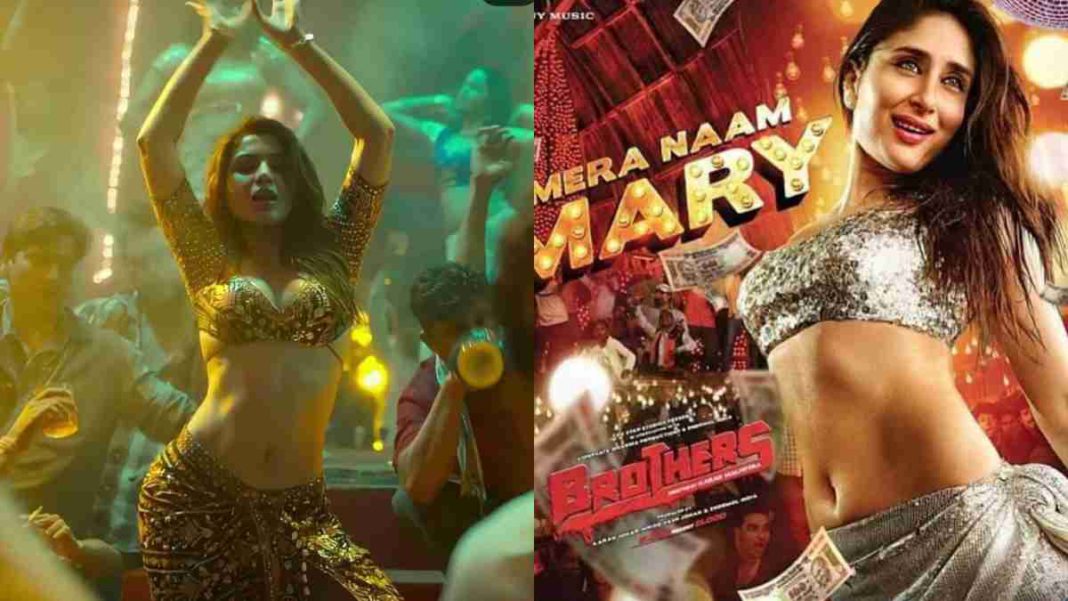INDIA: Bollywood songs have long been a significant part of India’s rich cultural heritage. These songs play a pivotal role in storytelling, conveying emotions, and entertaining audiences. However, it is essential to critically examine the portrayal of women in popular Bollywood songs, as some compositions tend to objectify and undermine their dignity.
In this article, we explore the issue of objectification in melody, shedding light on its consequences and offering insights into potential changes that can promote positive representation.
The impact of objectification
The objectification of women in Bollywood songs perpetuates harmful stereotypes, reinforcing the idea that women are mere objects of desire and reducing them to their physical appearance. Such portrayals can have far-reaching consequences, contributing to gender inequality, normalizing harassment, and undermining women’s societal empowerment.
Examining popular Bollywood songs
Let us now examine a few popular Bollywood songs that exemplify the issue of objectification and reflect the need for change in how women are portrayed in lyrics:
Song 1: Buzz: The song has 326 million views and 2.2 million likes on YouTube. Probably 2.2 million people have completely missed the portion where Badshah boasts about his swag and says, “Okay okay, okay, maana tu hai sick. Jaha se hona chahiye wahi se hai tu thick”(okay okay, okay, I admit you are sick. You are thick in all the places you must be).
Here, he appreciates the woman’s body and how she has curves in all the places she ‘must’ have curves. So much for body positivity, Badshah! He then goes on to sing how he is the kind of guy all the mothers warn their daughters about. If this isn’t openly encouraging toxic masculinity, then what is?
Song 2: “Sheila Ki Jawani” from the movie “Tees Maar Khan” (2010)
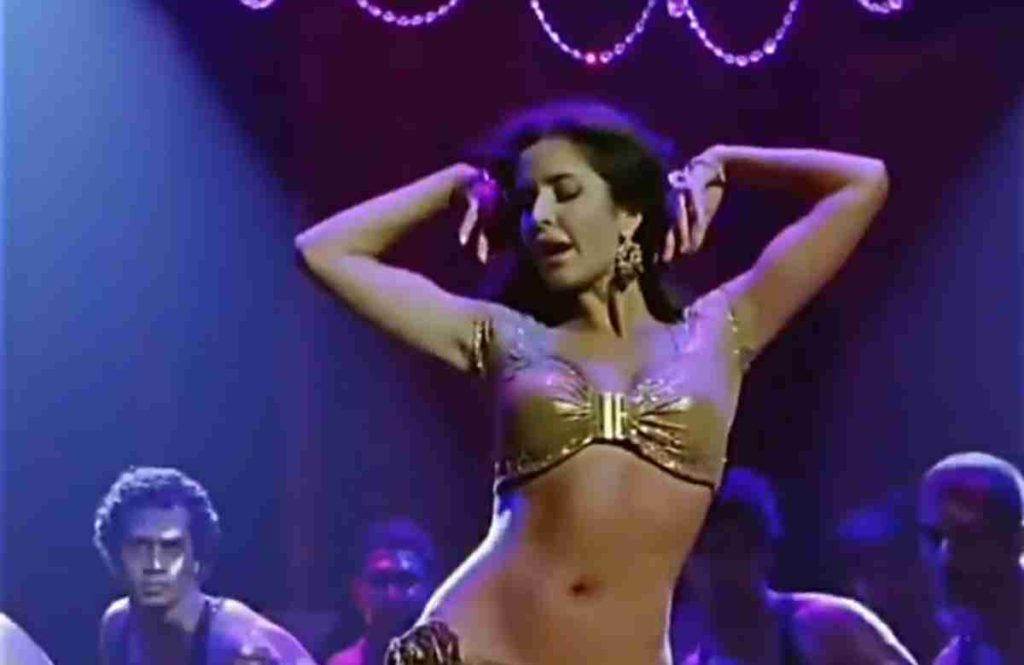
Lyrics:
“Sheila ki jawani, I’m too sexy for you.
Main tere haath na aani, I’m too sexy for you.”
This song objectifies the female protagonist, reducing her to a mere object of desire. The lyrics focus solely on her physical attributes, reinforcing the notion that a woman’s worth lies in her sex appeal rather than her talents or personality.
Song 3: “Munni Badnaam Hui” from the movie “Dabangg” (2010)
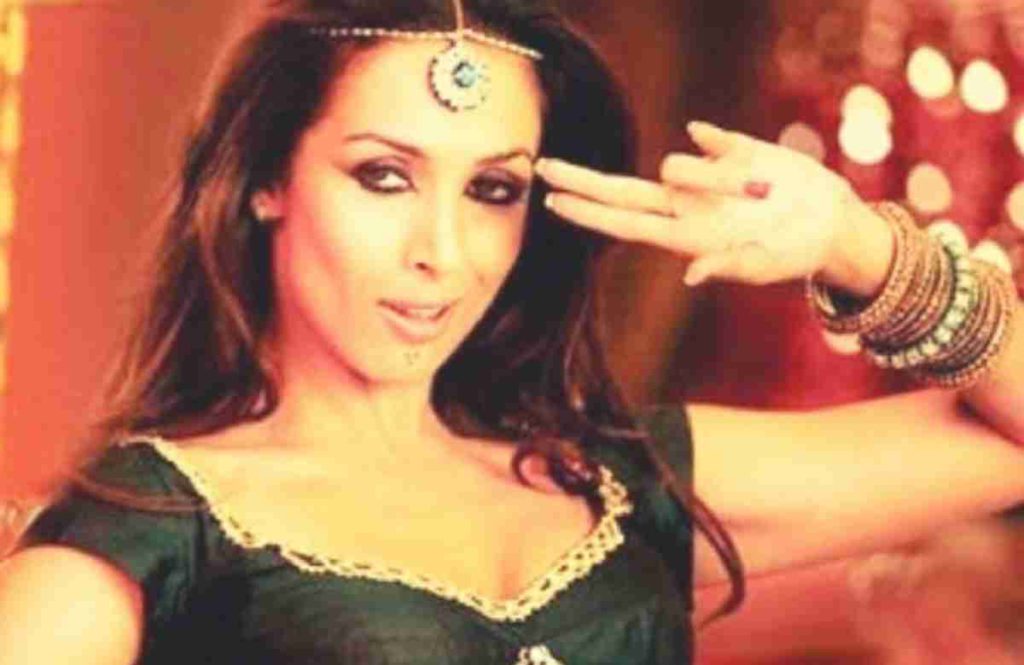

Lyrics:
“Munni badnaam hui, darling tere liye.
Zandu balm hui, darling tere liye.”
In this song, the female character is presented as someone who has been “dishonoured” and is associated with a pain-relief ointment. Such lyrics contribute to the objectification of women by reducing them to objects of desire or ridicule.
Song 4: “Choli Ke Peeche Kya Hai” from the movie “Khalnayak” (1993)
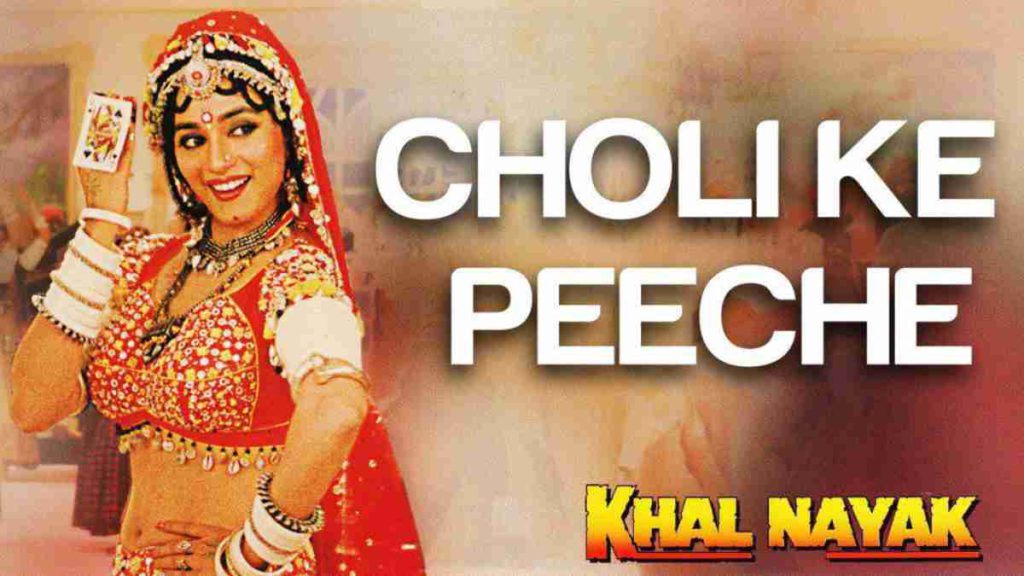

Lyrics:
“Choli ke peeche kya hai, kya hai, choli ke peeche.
Chunari ke neeche kya hai, kya hai, chunari ke neeche.”
This OG song, while catchy, objectifies women by focusing on what is hidden beneath their clothes. It reduces women to mere objects of curiosity and titillation, reinforcing the notion that their bodies are the primary source of intrigue.
Song 5: “Mera naam Mary hai” from the movie “Brothers”
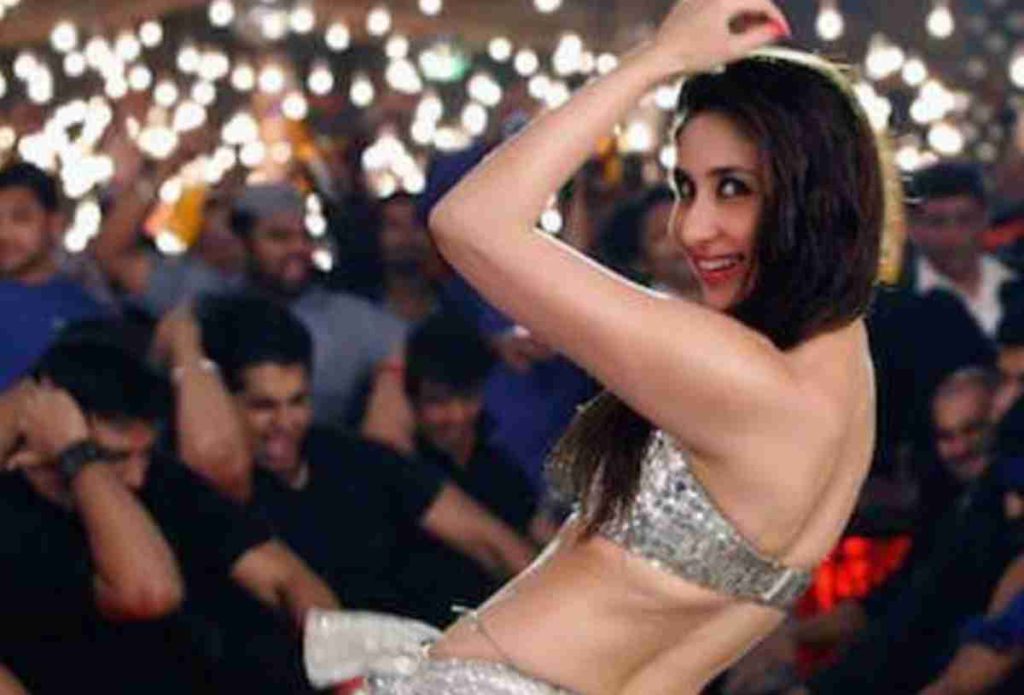

Lyrics:
“Mera naam Mary hai, Mary sau takka teri hai.”
The song has been criticized for objectifying women. The lyrics and visuals of the song portray women in a manner that reduces them to mere objects of desire.
Like these songs, Oo Antava from Pushpa also recieved backlash. After the song was released on social media platforms, it received mixed reactions from the audience. This was the first time that actor Samantha was seen in such a bold avatar. Many praised her for trying something while others called her out and the makers of the song of being sexist.
The need for change
It is crucial to recognize the impact of such objectification on society and work towards positive change. Here are a few steps that can be taken:
Promoting gender equality: Encourage portraying women in Bollywood songs as multi-dimensional individuals with diverse talents, aspirations, and strengths.
Sensitizing lyricists and composers: Raise awareness among lyricists and composers about the importance of avoiding objectifying language and promoting lyrics celebrating women’s empowerment, intellect, and individuality.
Collaboration with social activists: Bollywood can collaborate with social activists and organizations working towards gender equality to foster dialogue and promote responsible songwriting.
Encouraging diverse representation: Bollywood should showcase diverse body types, ethnicities, and backgrounds in songs, highlighting the beauty and worth of every individual.
The objectification of women in popular Bollywood songs is a concerning issue that needs urgent attention. By addressing this problem and promoting positive representation, Bollywood can play a pivotal role in shaping societal perceptions and fostering gender equality.
It is crucial for the industry to collectively take steps toward producing empowering songs that celebrate the true essence and worth of women, ensuring a more inclusive and respectful entertainment landscape for all.
Also Read: Top 5 Fashion Icons of Bollywood: Stars Who Got the Fashion Game on Point

